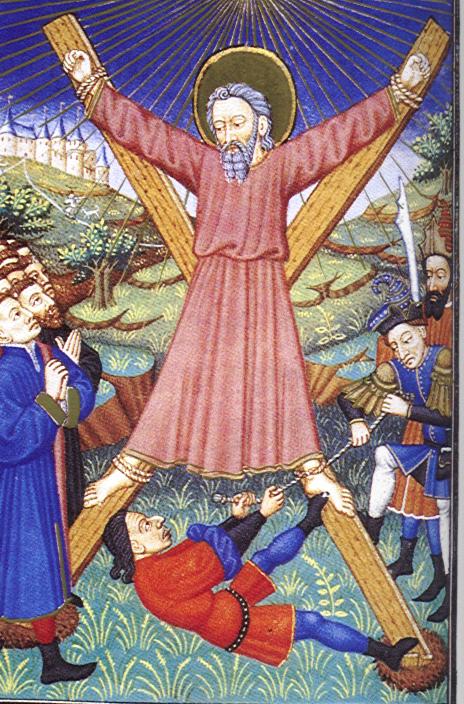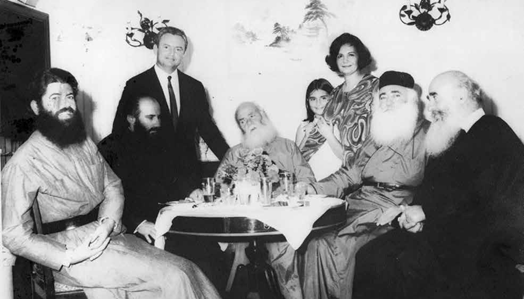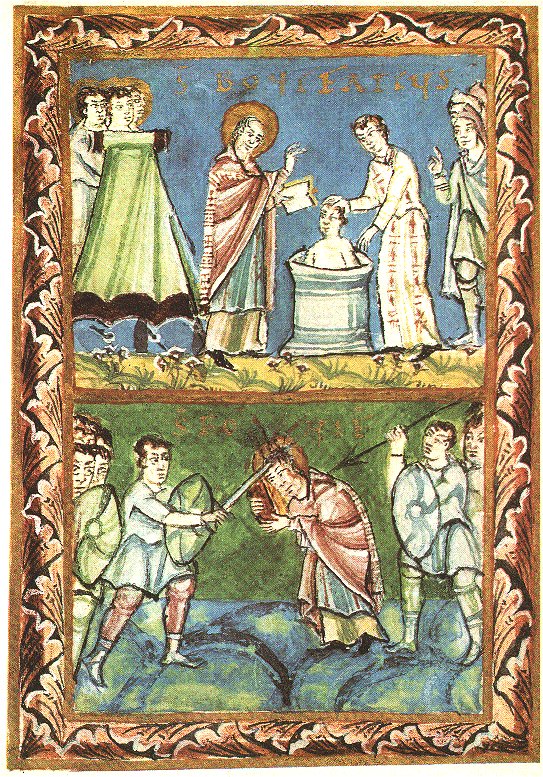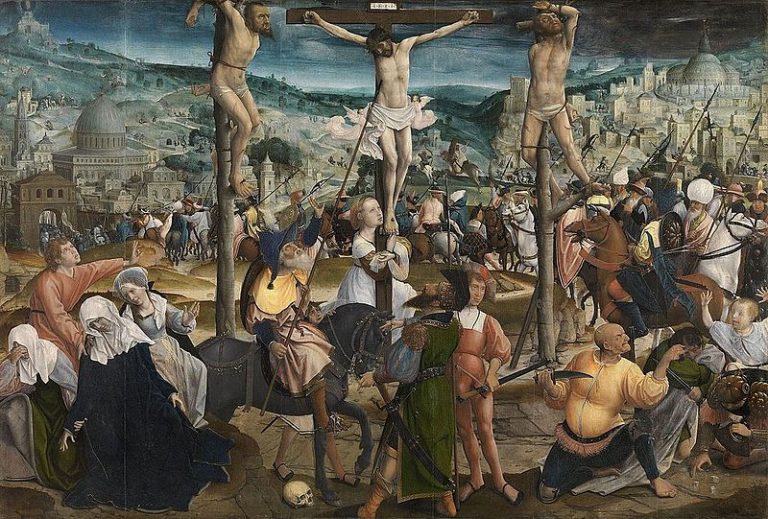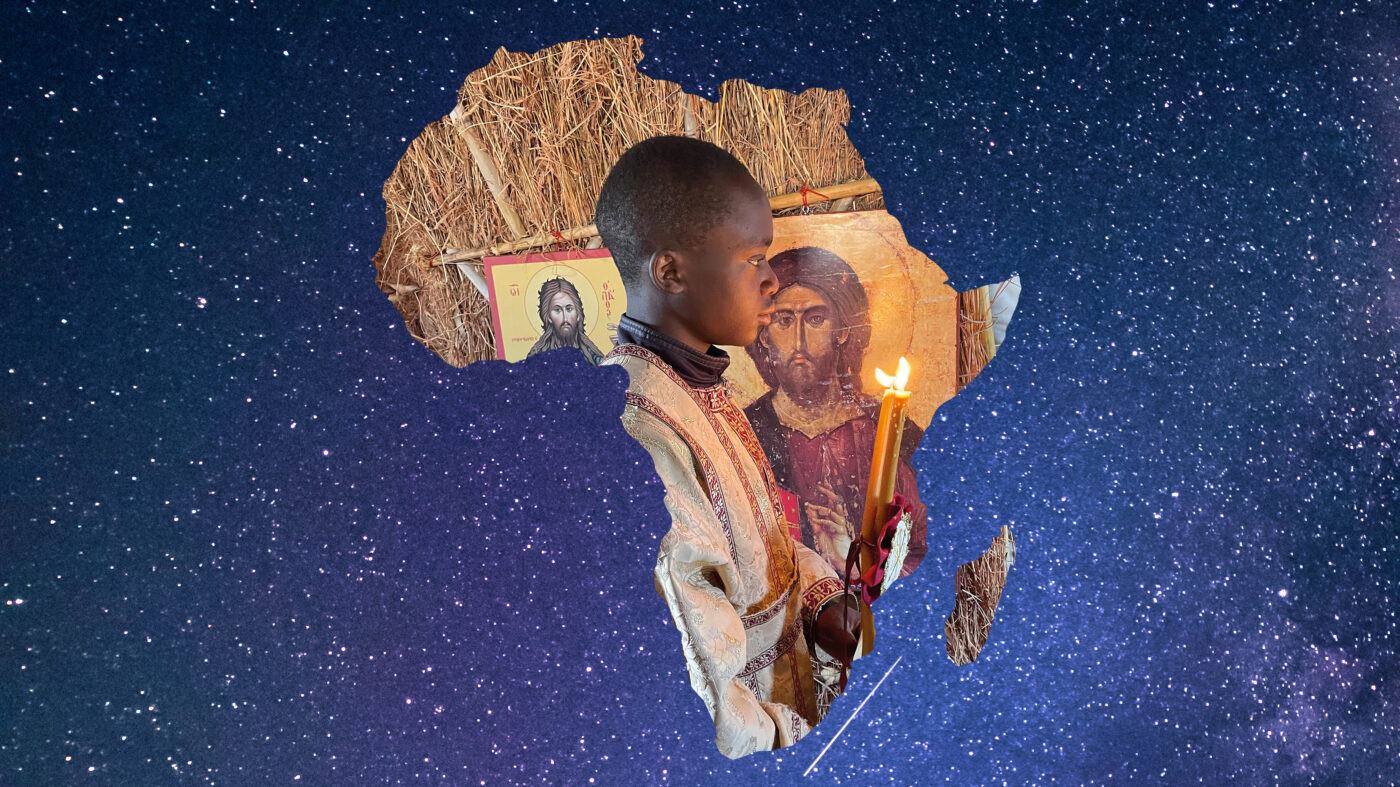The Apostle Andrew and the missionary work of the Ecumenical Patriarchate until the Fall
Synaxis
The apostle Andrew came from the city of Bethsaida, his father’s name was Jonah and his brother was the later early apostle Peter. Andrew was devout and loved the law and the prophets, which is why both he and his brother belonged to the group of disciples of John the Baptist. But worshippers of the true God and followers of the coming of the Messiah, they followed Jesus when their teacher pointed Him out to them as the Expected One. This incident is typically mentioned in the New Testament; John was standing and conversing with two of his disciples, one of whom Andrew, seeing Jesus before him, exclaimed: “behold the Lamb of God” (Jn 1:36), and immediately “the two disciples heard him speak, and followed Jesus” (Jn 1:37). Thus, Andrew was the first to meet, converse with, and be entertained by Jesus, hence the nickname “the firstborn”. Andrew recognized in Jesus the Messiah whom the two brothers so longed for. For this reason, without wasting time, he hastened to inform Peter, telling him enthusiastically: “We have found the Messiah” (Jn 1:42).
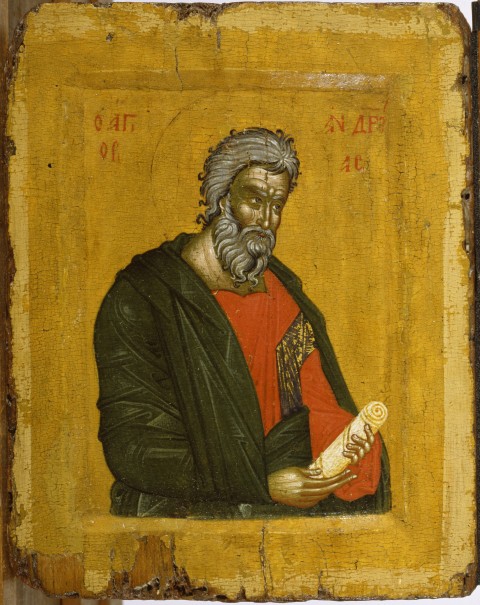
In Scripture we find the apostle Andrew on the Mount of Olives (Mark 13:3), the feeding of the five thousand (John 6:8), the Greeks’ request to meet Jesus after His triumphal entry into Jerusalem (John 12:22), and finally the election of the twelfth apostle (Pr 1:13). Andrew belonged to the group of twelve and followed Jesus until the realization of His plan of divine economy. After Jesus’ last and decisive command to all mankind, just before His ascension, to His disciples: “Go ye into the world and preach the gospel to the whole creation” (Mark 16:15), the Apostle Andrew, the first-called, was called to illuminate with the unparalleled, indescribable and ever-present light of the Gospel Bithynia, the regions around the Black Sea, Byzantium, Thrace, Macedonia, Thessaly and the Peloponnese. Like all the apostles, Andrew, in his evangelization of the “Gentiles” did not encounter a road paved with rose petals, but a road full of obstacles, temptations and trials. A road impossible for a man to travel, but possible for a man of God to travel it, since “the things that are impossible with men are possible with God” (Luke 18:27). According to the synaxis of St. Nicodemus, the apostle Andrew visited many other cities such as Neocaesarea, Samosata, Crimea and Byzantium, now Constantinople, where he ordained the apostle Stachy as bishop. Eventually, he headed to Achaia, to the city of Patras, where he performed many miracles and won the faith of many people, among them the wife of the Aegean anthyptos, whom the apostle miraculously healed. As was to be expected, the heathen miner was informed of his activities and decided to put him to death in a horrible way. He crucified the apostle Andrew upside down, forcing him to be martyred like his Messiah, Jesus. His memory is commemorated on November 30 of each year.
As the firstfather of the Apostles, and the brother of the Most High, beseech Andrew, the Saviour of all, to grant peace to the world, and great mercy to our souls.
The missionary work of the Ecumenical Patriarchate until the Fall
It is literally impossible to try in a few lines to highlight the enormous, naturally God-given and God-directed contribution of the Church of Constantinople to evangelization, both of the Byzantine Empire itself and especially of the nations, near and far. However, on the occasion of the feast of the founder of the Church of Constantinople, we will make a brief reference to its missionary work in cooperation with the Byzantine state. John Chrysostom, both as priest of Antioch and as archbishop of Constantinople, was concerned, urged pious priests and directed missionary groups so that this God-given work could be accomplished, even from the road and from the place of his exile. In particular, he recruited the inhabitants of the empire who were not Christians, such as the Goths, exhorted them to Christianity, ordained the choicest of them, and sent them outside the empire to evangelize their fellow countrymen. He also attempted to Christianize the Celts and the inhabitants of Phoenicia, the Scythians and the Persians (Christos Vantsos, Missionary, pp. 177-180). His undiminished interest in missionary work during his “Calvary” inspired the current Archbishop of Albania, Anastasios, to point out: “No time, however difficult for the Church in terms of internal problems, can be considered unsuitable for the development of missionary activity among non-Christians. The conquest of idolatry, both within and without, is her unceasing duty and judges her vitality’ (Until the End of the Earth, p. 93). Subsequently, the Christianization of the Lazas (early sixth century) and then of the Germanic Heruls, whose king visited Constantinople and was baptized, even having the emperor himself as his sponsor, took place. At the same time, the Christianization of the Huns took place, with their king Grod being catechized and baptized as a Christian in Constantinople. Under Justinian, other missionary efforts were attempted in the direction of Nubia (540 AD).
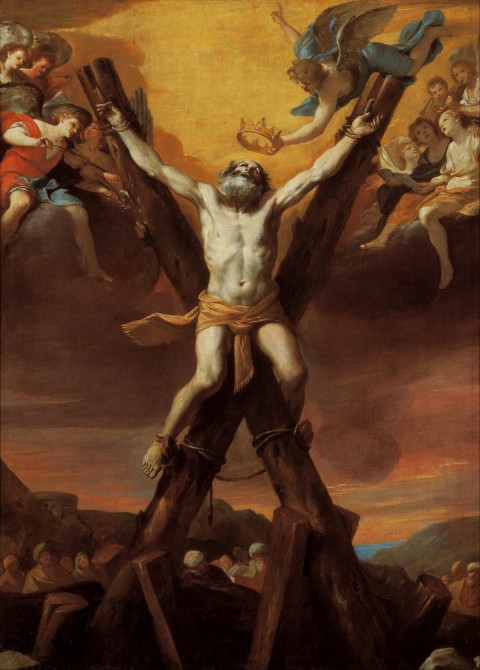
But the most brilliant period of missionary achievements was the tenure of Photios the Great (when the Patriarchate of Constantinople was held by Photios the Great), who worked for the enlightenment of the Bulgarians and Slavs. In 864, the king of the Bulgarians, Boris (Michael), was baptized by Patriarch Photios, with Emperor Michael as his sponsor, while – in the middle of the 9th century – the Thessalonian isapostles and self-brothers Cyril and Methodius initiated and achieved the Christianization of Moravia. However, the missionary interest of the Byzantines – and consequently of the Church of Constantinople – did not stop with the Slavs, but extended to the Hungarians and later to the Khazars and Alans. Finally, at the end of the 10th and beginning of the 11th century, the Christianization of the Russians took place, which we dealt with in a previous text. As a conclusion to this brief reference to the missionary work of our much-loved Mother Church, the Ecumenical Patriarchate – which not only until the Fall, but also after the Fall and today and forever will continue the Evangelization of the Nations – I wish to quote an apt remark by the Archbishop of Albania: “The Byzantine Church has always been a missionary Church. The Byzantine Church has always been a constant source of inspiration: representatives from all social classes, clergy and laity, patriarchs, bishops, bishops, abbots of monasteries, priests, ordinary monks, emperors grand or moderate, princesses, diplomats, senior administrators, soldiers, merchants, sailors, ordinary travellers, emigrants, prisoners of war, in times of prosperity and peace and in times of political and military upheavals, they took part in this long and long-lasting campaign to spread the Gospel’ (To the end of the earth, pp. 147-148).

